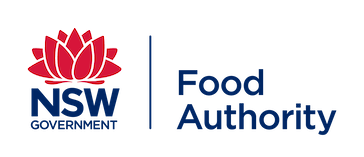Caffeine
Caffeine occurs naturally in foods, such as coffee, tea and cocoa and has a long history of safe use as a mild stimulant. Products are also available with added caffeine, including cola-type soft drinks, formulated caffeinated beverages (energy drinks) and energy shots.
Is caffeine safe?
Caffeine is used in safe quantities in the manufacture of coffee, cola drinks and energy drinks. It is also present in foods such as chocolate, baked goods, lollies and even tea leaves.
Products containing pure or highly concentrated caffeine powder are banned from retail sale in Australia and New Zealand. Pure and highly concentrated caffeine powders are different to the caffeine found naturally in things like coffee, tea or cocoa.
In its pure form caffeine can be lethal in quantities as small as one teaspoonful. A single teaspoon of caffeine powder can have the same amount of caffeine as around 25 to 50 cups of coffee.
Is there a safe limit for caffeine?
There is no recognised health-based guidance value, such as an Acceptable Daily Intake, for caffeine. However, recommendations for caffeine consumption based on age, weight and for pregnant and breastfeeding women are available.
For more detailed information regarding the recommended maximum daily caffeine intake, refer to the Scientific Opinion on the safety of caffeine (chapter 3.3. Dietary intake), which was delivered by the European Food Safety Authority in 2015.
Is caffeine regulated?
Yes. The Food Standards Code (the Code) restricts how much caffeine can be added to cola-type soft drinks and energy drinks.
The Code also prohibits the sale and supply of food containing more than 1% caffeine liquid foods and 5% caffeine solid foods.
Find out more
- For more information on caffeine, including recommendations for reasonable caffeine consumption, visit the FSANZ website.
